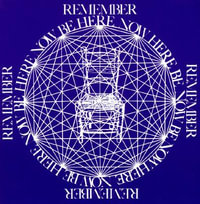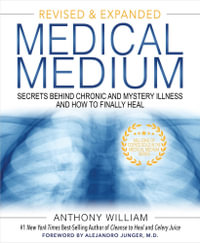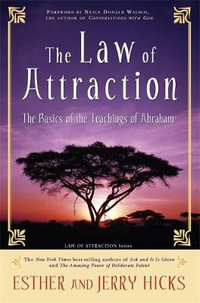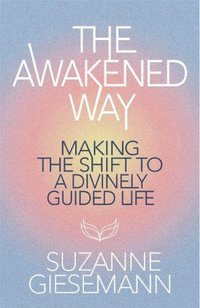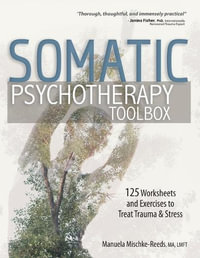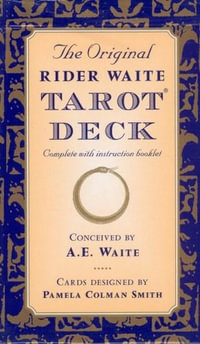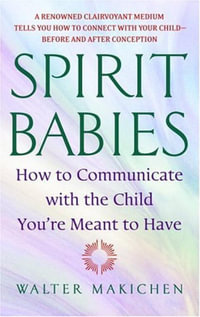Discover how the bonds of life and love transcend death
• Explains the phenomenon of crisis apparitions: visions of loved ones that are experienced simultaneously with their deaths, even at great distances
• Examines a wide range of sources, including history, literature, folklore, theology, and contemporary culture that demonstrate the timelessness and ubiquity of these ghostly encounters
• Presents hundreds of vivid accounts of crisis apparitions, many never before compiled in a single volume
Since ancient times, people from nearly every culture and corner of the world have experienced visions of loved ones that coincided with their faraway deaths. These otherworldly synchronicities, known as crisis apparitions, are not rare; in fact, they have always been a part of our collective experience, blurring the lines between our knowledge of life and our beliefs about the afterlife. In this work of spiritual scholarship, academic researcher Daniel Bourke explores the moment of death from a deeply illuminating perspective, giving readers unprecedented access to mystifying corners of paranormal study.
From the temples of ancient Egypt to the hospital rooms of the twenty-first century, from the works of Homer to the monks of the Middle Ages, from the saint to the shaman, Bourke examines the crisis apparition and the phenomena of the “living ghost” in legend, lyric, and lore, demonstrating their universal nature for the first time. He shares profound accounts from a wide range of sources—including history, literature, folklore, theology, and contemporary culture—to reveal how widespread these ghostly encounters are throughout the ages.
In demonstrating how these remarkable encounters with “living ghosts” aren’t fearsome experiences but leave the recipient full of healing and hope, this book offers insight into how the beloved dead seem to communicate and the intertwined nature of humanity in this world and the next.
Industry Reviews
“Apparitions at the Moment of Death is a thrilling compilation of crisis after-death communications across time and space. Bourke takes us from ancient Egypt to modern times, shedding light on the phenomenon from many angles—from history and spiritual scholarship to folklore with its legends, lyric, and lore, while not forgetting the views of saints and shamans. These common, beneficial, and comforting experiences, which seem to be inherent to the human condition, point to the possibility of the survival of consciousness. Bourke’s meticulous and wideranging work supports the assumption that after-death communications are universal and timeless. The time has finally come to normalize these experiences and remove them from the realm of anomaly, where they do not belong. This book provides original, comprehensive, and compelling insights into spontaneous contacts with the deceased, for which the postmaterialist hypothesis offers a convincing explanatory framework. I highly recommend this brilliant book.”




![Jonathan Livingston Seagull : A Story [Thorsons Classics edition] - Richard Bach](https://www.booktopia.com.au/covers/200/9780006490340/null/jonathan-livingston-seagull.jpg)

